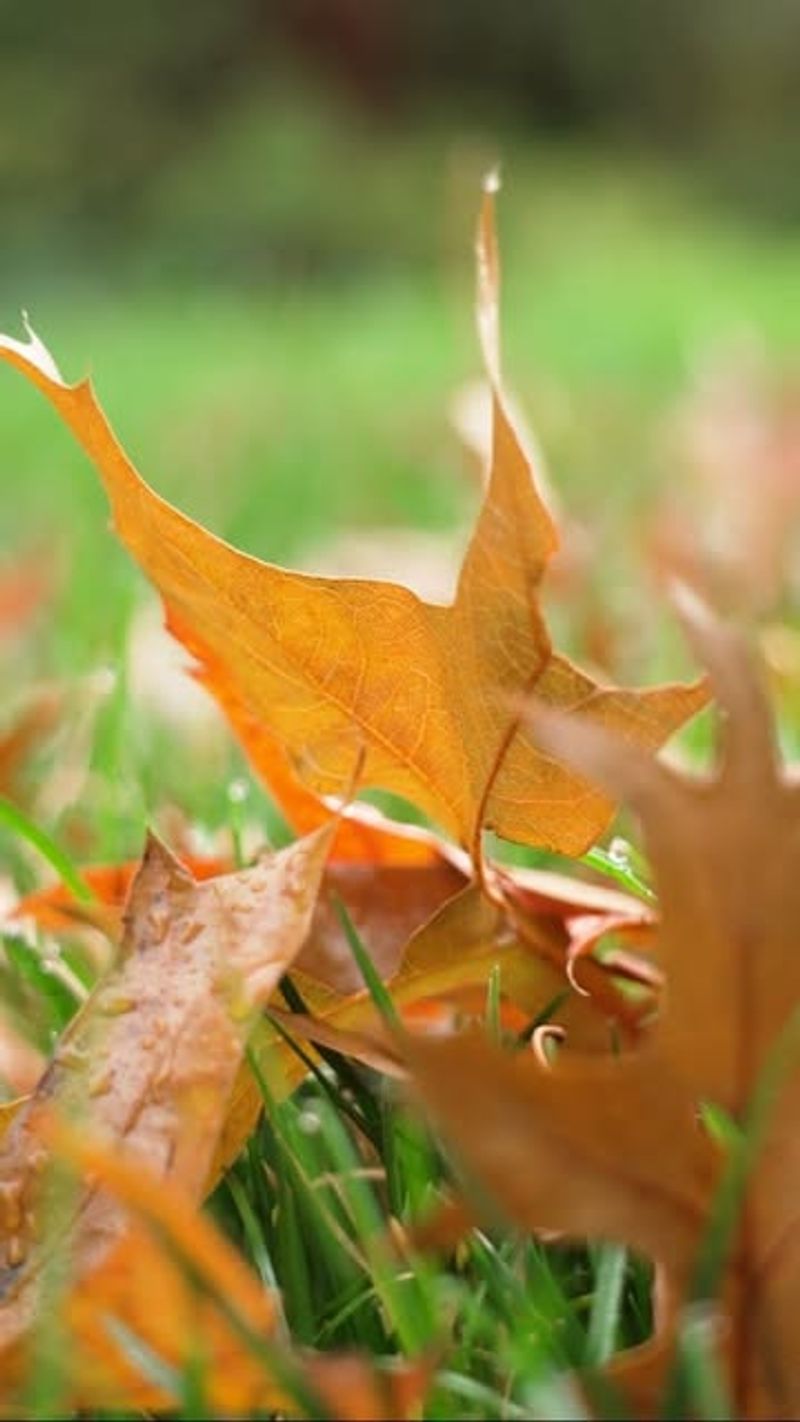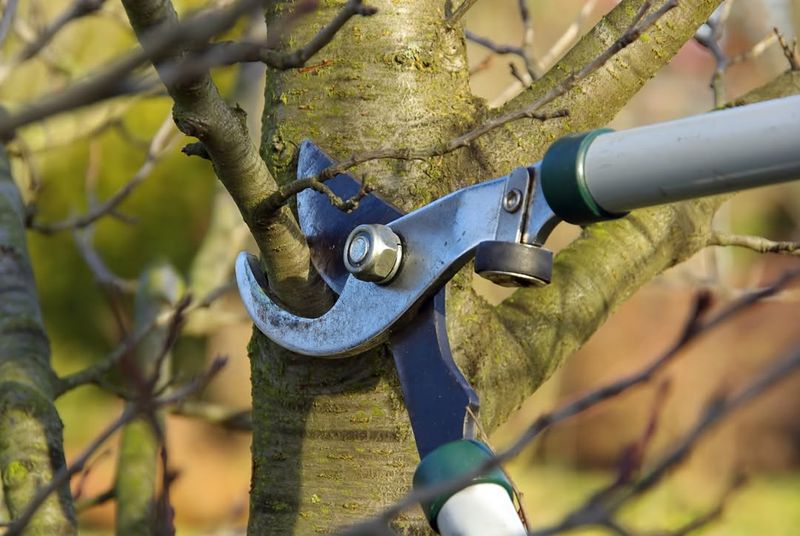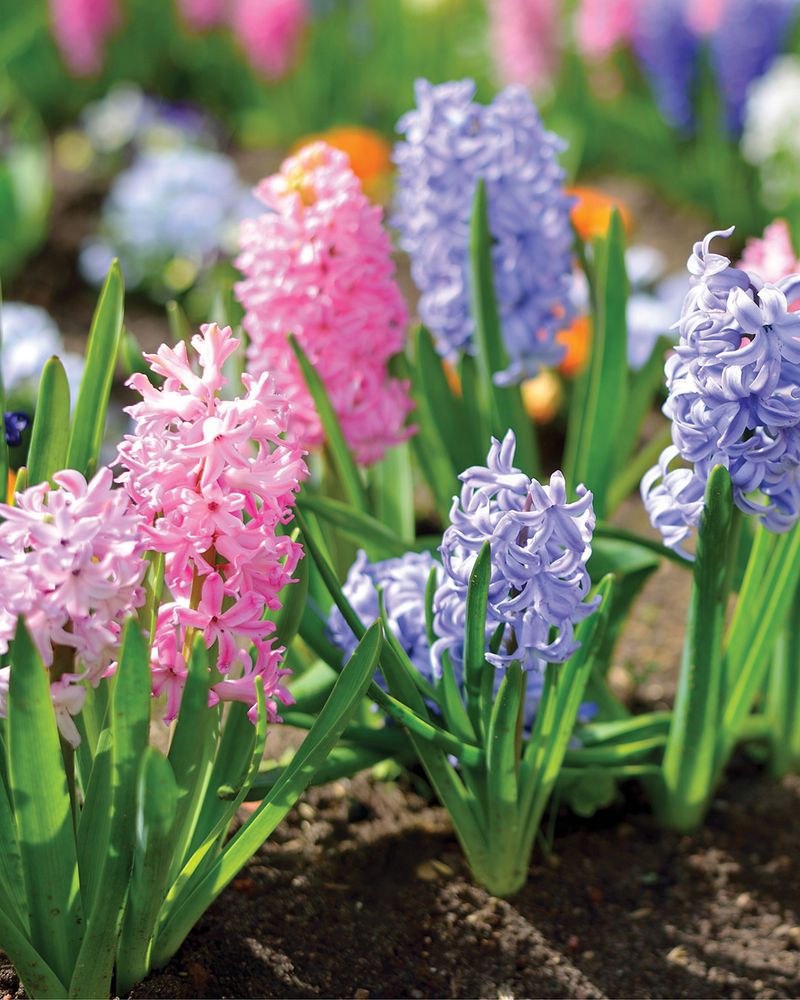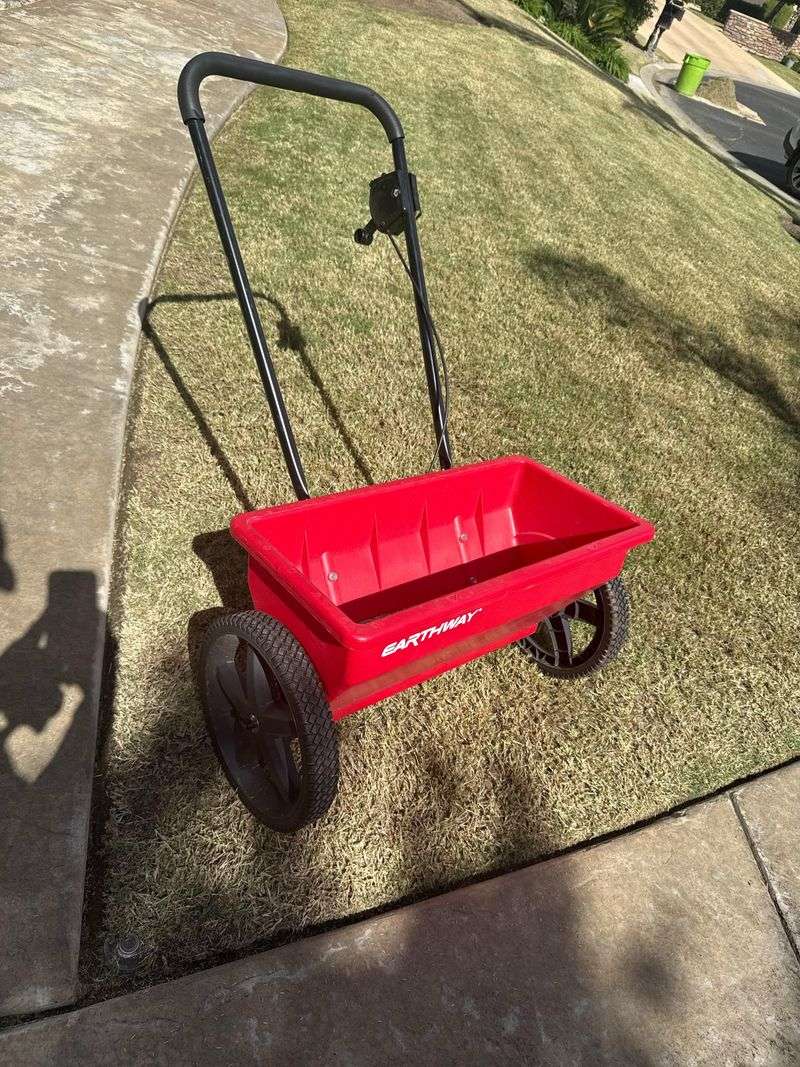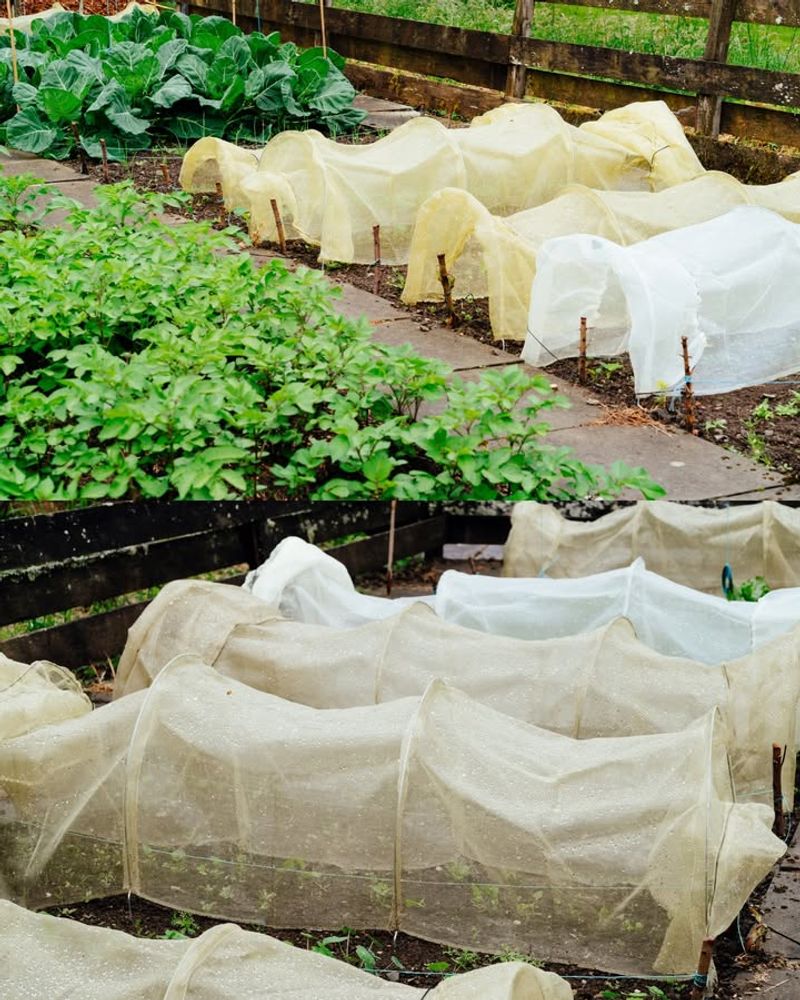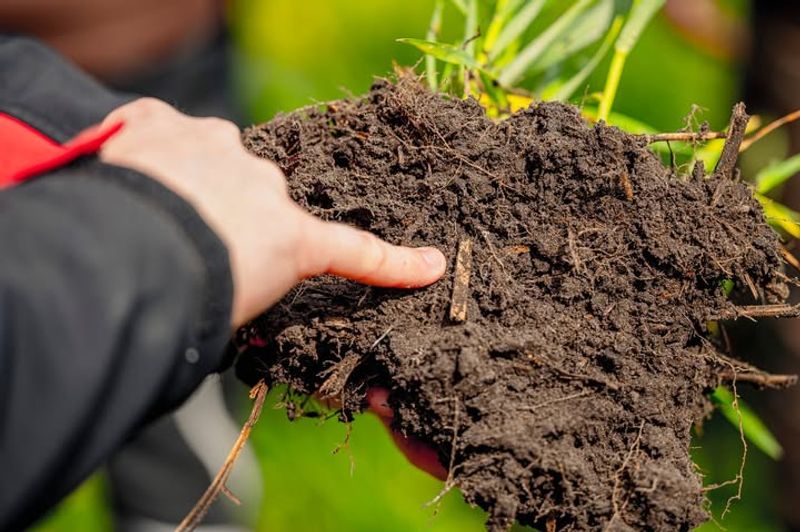November marks a special time for South Carolina gardeners. While the summer heat fades away, your yard still needs attention to stay healthy and beautiful through winter.
Taking care of a few important tasks now will help your garden bounce back stronger when spring arrives, giving you a head start on next year’s growing season.
1. Plant Cool-Season Vegetables
South Carolina’s mild November weather creates perfect conditions for growing tasty greens and root vegetables. Lettuce, spinach, kale, and collards thrive when temperatures drop, developing sweeter flavors than their summer counterparts.
Broccoli, cauliflower, and cabbage also love the cool air. Plant seedlings or seeds directly into your garden beds, making sure they get plenty of sunlight.
Water regularly but don’t overdo it, as cooler weather means slower evaporation rates and less thirsty plants overall.
2. Mulch Around Trees And Shrubs
Adding a fresh layer of mulch protects plant roots from temperature swings during winter months. Spread two to three inches of organic material like pine straw, wood chips, or shredded leaves around your trees and shrubs.
Keep mulch a few inches away from tree trunks to prevent rot and discourage pests from making homes there. Mulch also helps soil retain moisture and breaks down over time, adding valuable nutrients.
Your plants will thank you come spring!
3. Divide Overgrown Perennials
When perennials get too crowded, they produce fewer blooms and look messy. November offers ideal conditions for splitting hostas, daylilies, irises, and other clump-forming plants.
Dig up the entire plant, then use a sharp spade or knife to separate it into smaller sections. Each division should have healthy roots and several growth points attached.
Replant immediately at the same depth they were growing before, water thoroughly, and watch them flourish next season in your South Carolina garden with renewed energy.
4. Rake And Compost Fallen Leaves
Fallen leaves might look pretty, but leaving thick layers on your South Carolina lawn suffocates grass and invites disease. Rake them up regularly throughout November to keep your turf breathing easy.
Don’t toss those leaves in the trash though. They make excellent compost material that breaks down into rich soil amendment for next year’s garden beds.
Shred leaves with a mower first to speed up decomposition, then add them to your compost pile mixed with green materials.
5. Prune Dormant Trees And Shrubs
Once trees drop their leaves, you can see their structure clearly and make smart pruning decisions. Remove dead, damaged, or crossing branches that could cause problems during winter storms.
Focus on shaping deciduous trees and shrubs while they’re sleeping, as they won’t lose valuable energy from cuts made now. Avoid pruning spring-blooming shrubs like azaleas though, since they’ve already set next year’s flower buds.
Clean, sharp tools prevent disease spread between plants.
6. Plant Spring-Blooming Bulbs
Bulbs need cold soil temperatures to develop strong root systems before winter arrives. Tulips, daffodils, crocuses, and hyacinths all require this chilling period to produce spectacular spring displays.
Plant bulbs at a depth roughly three times their height, pointed end facing upward. Choose spots with good drainage to prevent rotting during wet winter months in South Carolina.
Add a handful of bulb fertilizer to each planting hole for extra nutrition that’ll boost spring blooms beautifully.
7. Fertilize Your Lawn One Last Time
Giving your lawn a final feeding before winter helps roots grow stronger underground. Use a winterizer fertilizer formula specifically designed for fall application, which contains higher potassium levels to improve cold tolerance.
Apply fertilizer when grass is still actively growing but before the first hard freeze hits. Water lightly after spreading to help nutrients soak into the soil.
Your South Carolina lawn will green up faster next spring and better resist drought, disease, and foot traffic throughout the year.
8. Clean And Store Garden Tools
Proper tool maintenance extends their lifespan and saves money over time. Scrub dirt off shovels, rakes, and hoes using a wire brush, then wipe metal parts with an oily rag to prevent rust.
Sharpen pruning shears and hedge trimmers so they’re ready when needed next season. Drain gasoline from power equipment like mowers and tillers before storing them away.
Hang tools neatly in a dry shed or garage where they’ll stay protected from moisture and South Carolina temperature extremes.
9. Protect Tender Plants From Frost
South Carolina’s first frost usually arrives in November, catching unprepared gardeners by surprise. Tender perennials, tropical plants, and late-season vegetables need protection when temperatures threaten to dip below freezing.
Cover vulnerable plants with frost cloth, old sheets, or blankets before sunset on cold nights. Remove coverings the next morning once temperatures rise above freezing again.
Potted plants can simply be moved indoors or into a garage until danger passes completely.
10. Test And Amend Garden Soil
Knowing your soil’s pH and nutrient levels takes the guesswork out of gardening. November provides perfect timing for soil testing since you can amend beds before spring planting season arrives.
Collect samples from different garden areas and send them to your South Carolina local extension office for analysis. Results will show exactly what your soil needs.
Add lime to raise pH, sulfur to lower it, or organic matter to improve texture and fertility based on recommendations you receive back.





